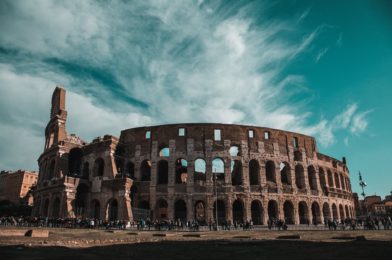The world is filled with such a wide variety of wonderful destinations and beautiful places to visit, it can be quite difficult to compile a list of the best ones. Thinking about a traveler who, for whatever reason, has never set foot outside his or her home town, where would be the first places they might visit?
The list of the world’s best places to visit has to include great cities, like New York, Paris, London, and so on, each of which is filled with a multitude of individual sites or must-see places to visit. The list also includes specific sites, monuments, and locations, each also worthy of a visit in their own right.
For more ideas on where to go and what to see, read our list of the top places to visit in the world.
- Machu Picchu, Peru
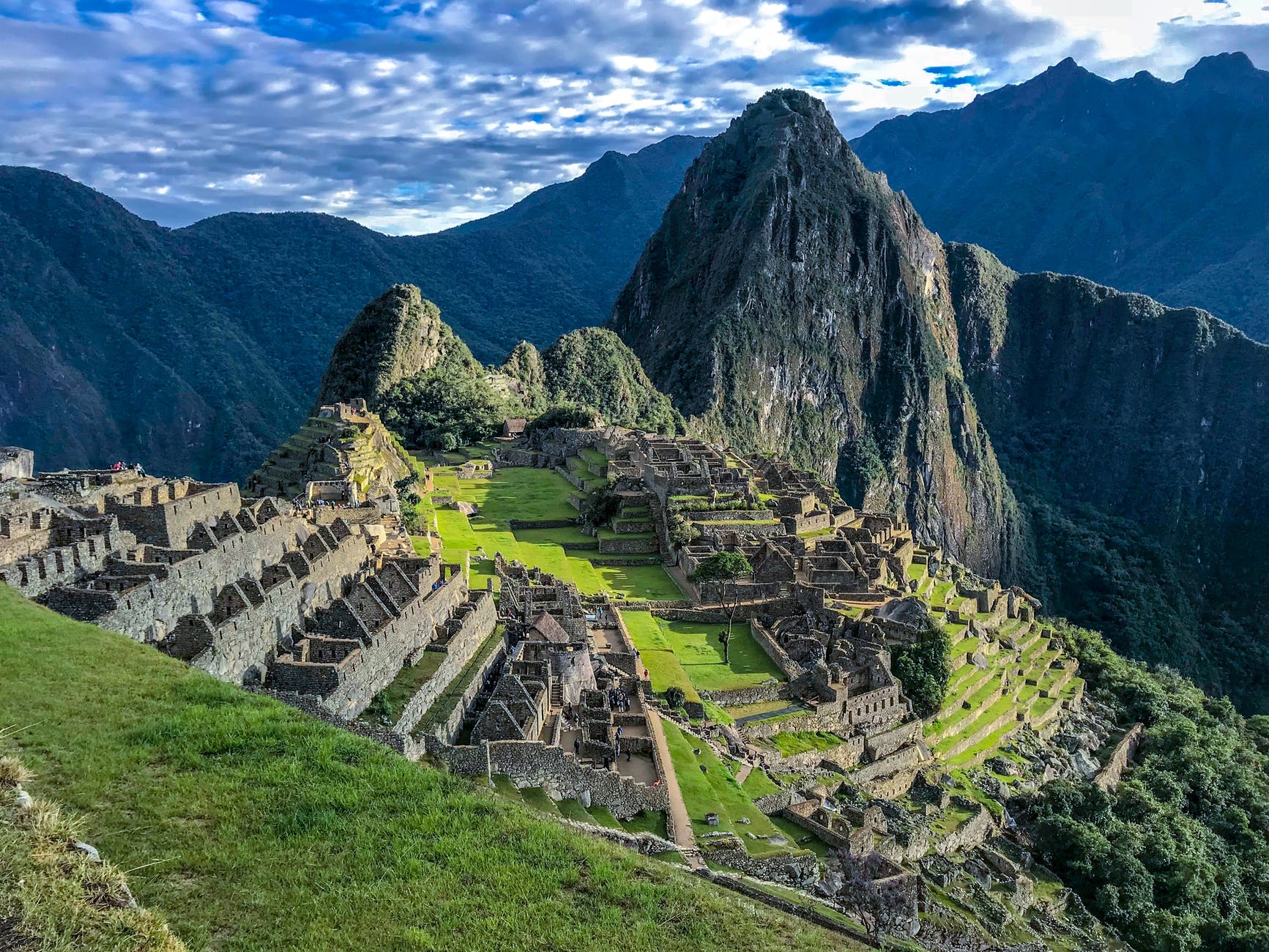
Machu Picchu is located in the Eastern Cordillera of southern Peru, on a 2,430-metre mountain ridge.It is located in the Cusco Region, Urubamba Province, Machupicchu District, above the Sacred Valley, which is 80 kilometres northwest of Cusco. The Urubamba River flows past it, cutting through the Cordillera and creating a canyon with a tropical mountain climate.
Most archaeologists believe that Machu Picchu was constructed as an estate for the Inca emperor Pachacuti (1438–1472). Often mistakenly referred to as the “Lost City of the Incas”, it is the most familiar icon of Inca civilization. The Incas built the estate around 1450 but abandoned it a century later at the time of the Spanish conquest. Although known locally, it was not known to the Spanish during the colonial period and remained unknown to the outside world until American historian Hiram Bingham brought it to international attention in 1911.
Machu Picchu was built in the classical Inca style, with polished dry-stone walls. Its three primary structures are the Intihuatana, the Templeof the Sun, and the Room of the Three Windows. Most of the outlying buildings have been reconstructed in order to give tourists a better idea of how they originally appeared. By 1976, 30% of Machu Picchu had been restored and restoration continues.
Machu Picchu was declared a Peruvian Historic Sanctuary in 1981 and a UNESCO World Heritage Site in 1983. In 2007, Machu Picchu was voted one of the New Seven Wonders of the World in a worldwide Internet poll.
Machu Picchu built in the 15th century AD and abandoned less than a 100 years later, the remote site continues to amaze with its perfectly joined, mortarless, intricate stonework. Huge multi-ton blocks of stone are perfectly joined with each other, without the use of mortar or cement.
The journey to Machu Picchu typically starts in the mountain city of Cusco, which was the capital city of the Inca Empire. Cusco is a fascinating place to explore-be sure to spend a few days there before or after your Machu Picchu adventure. It’s possible to hike the Inca Trail from Cusco to Machu Picchu.
- The Grand Canyon, Arizona
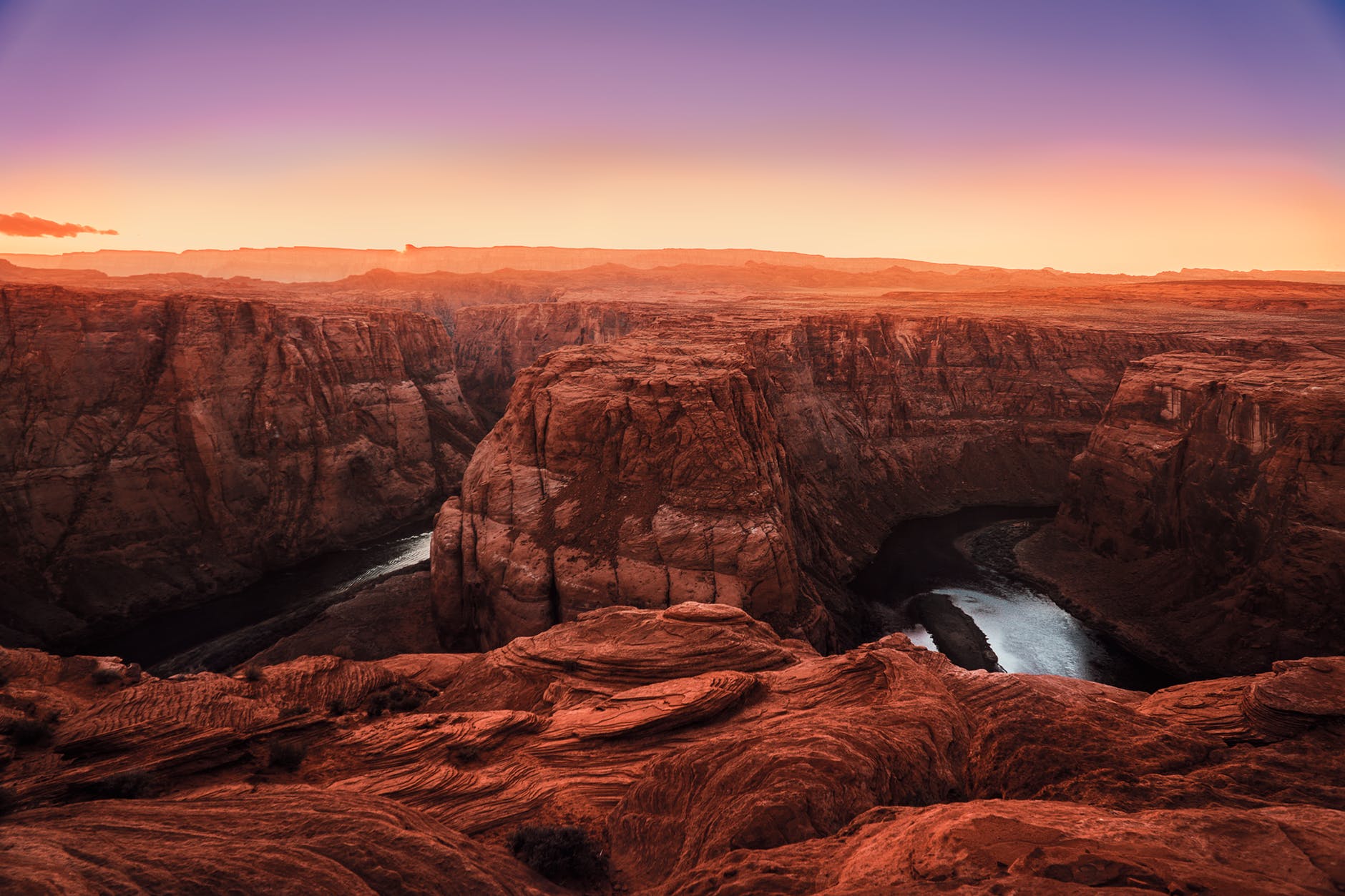
The Grand Canyon is an awesome place. Its overwhelming size and its intricate and colorful landscape make it without question one of the seven marvels of the natural world.
While it is not the deepest canyon in the world, it is unmatched throughout the world for the vistas it offers to visitors. Geologically it is hugely significant because of the thick sequence of ancient rocks that are beautifully preserved and exposed in the walls of the canyon. These rock layers record much of the early geologic history of the North American continent.
Most of the 5 million annual visitors to the Grand Canyon arrive at the South Rim and experience its beauty from the many overlooks along the canyon edge. There are many miles of paved and unpaved walkways along the rim. The North Rim of the Grand Canyon shares similar outstanding views from a vantage point 1000 feet higher than on the South Rim. Here too are walkways and overlooks that let you take in the grandeur of the canyon.
Strong hikers can climb down to the Colorado River via the Bright Angel Trail or South Kaibab Trail. For a less exhausting experience, mule pack trips use the same trails to take their riders down and up canyon.
With geology formed over the past two billion years, yes billion, the 277 mile-long canyon itself is believed to have been started around five to six million years ago. It was formed by the flow of the Colorado River, which still flows through it and continues to erode the geology along its course. The Grand Canyon is up to 18 miles wide in places and up to a mile deep. Imagine standing on the edge, looking down a sheer rock wall almost a mile to the river below.
Most visitors come to the area referred to as the South Rim, and there is a range of accommodations available, from tents to a rustic luxury canyon-side resort built from logs. There are a few accommodations on the remote North Rim, and these are reserved years in advance.
Many visitors access the canyon via the historic Grand Canyon Railway, which runs from the town of Williams, Arizona. The 64-mile rail line provides an entertaining way to get to the canyon with food and live music onboard. For those driving, the canyon is about a three-and-a-half-hour drive north from Phoenix .
3. Rome, Italy
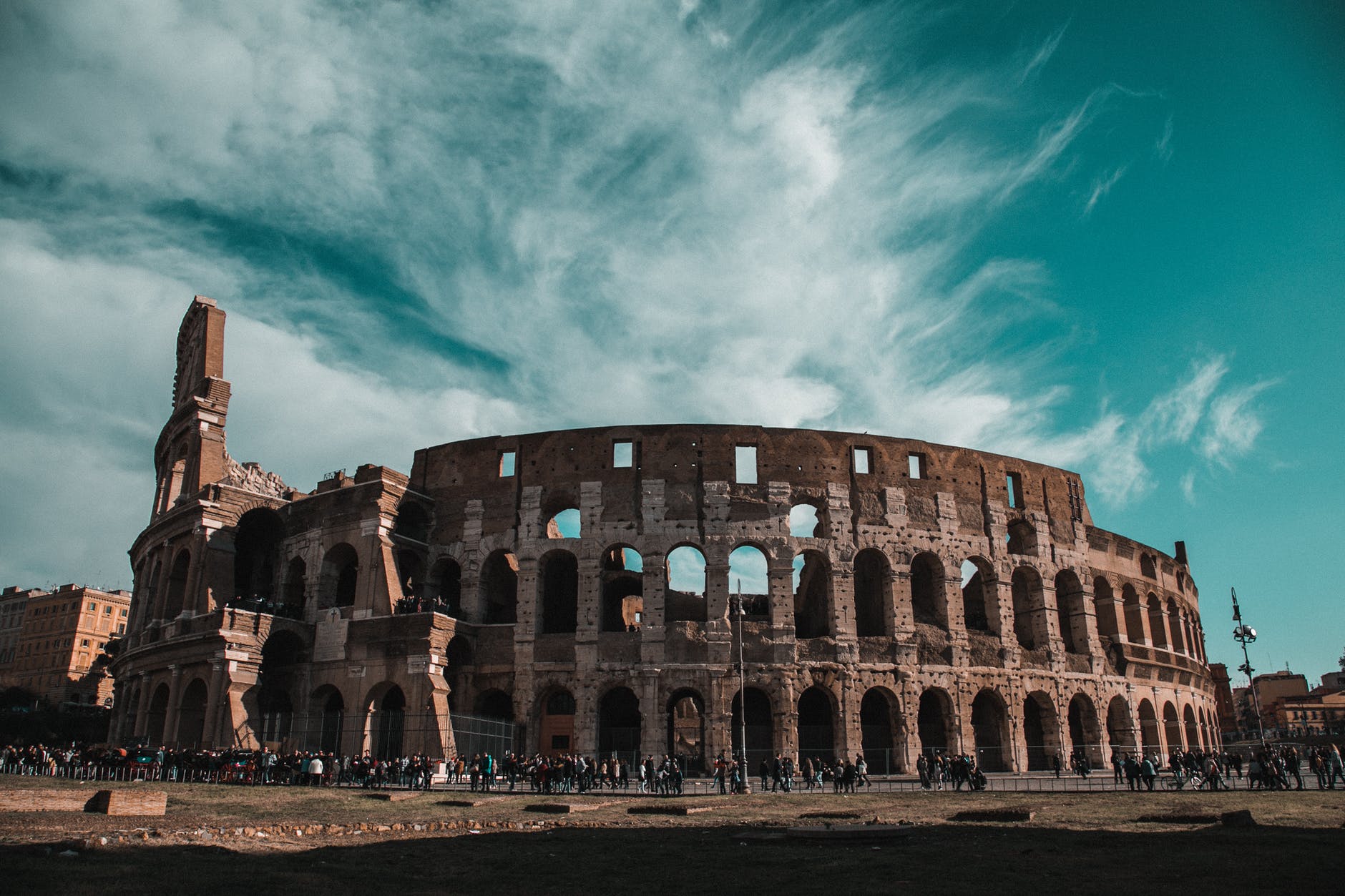
The Roman Forum, also known by its Latin name Forum Romanum is a rectangular forum surrounded by the ruins of several important ancient government buildings at the center of the city of Rome. Citizens of the ancient city referred to this space, originally a marketplace, as the Forum Magnum, or simply the Forum.
The Eternal City is more like a giant, living museum. Visitors are immersed in and surrounded by thousands of years of history. It include the Colosseum and adjacent Roman Forum; the Pantheon; and Vatican City, a separate country in the middle of central Rome.
Take some time to explore the outskirts of Rome, too. Consider a hike along a tomb-lined section of the Appian Way, the ancient Roman superhighway, and a visit to one of the aqueduct ruins outside the city.
For centuries the Forum was the center of day-to-day life in Rome: the site of triumphal processions and elections; the venue for public speeches, criminal trials, and gladiatorial matches; and the nucleus of commercial affairs. Here statues and monuments commemorated the city’s great men. The teeming heart of ancient Rome, it has been called the most celebrated meeting place in the world, and in all history. Located in the small valley between the Palatine and Capitoline Hills, the Forum today is a sprawling ruin of architectural fragments and intermittent archaeological excavations attracting 4.5 million or more sightseers yearly.
Many of the oldest and most important structures of the ancient city were located on or near the Forum. The Roman Kingdom‘s earliest shrines and temples were located on the southeastern edge. These included the ancient former royal residence, the Regia , and the Temple of Vesta , as well as the surrounding complex of the Vestal Virgins, all of which were rebuilt after the rise of imperial Rome.
Other archaic shrines to the northwest, such as the Umbilicus Urbis and the Vulcanal (Shrine of Vulcan), developed into the Republic‘s formal Comitium (assembly area). This is where the Senate as well as Republican government itself began. The Senate House, government offices, tribunals, temples, memorials and statues gradually cluttered the area.
Over time the archaic Comitium was replaced by the larger adjacent Forum and the focus of judicial activity moved to the new Basilica Aemilia . Some 130 years later, Julius Caesar built the Basilica Julia, along with the new Curia Julia, refocusing both the judicial offices and the Senate itself. This new Forum, in what proved to be its final form, then served as a revitalized city square where the people of Rome could gather for commercial, political, judicial and religious pursuits in ever greater numbers.
4. Maui, Hawaii
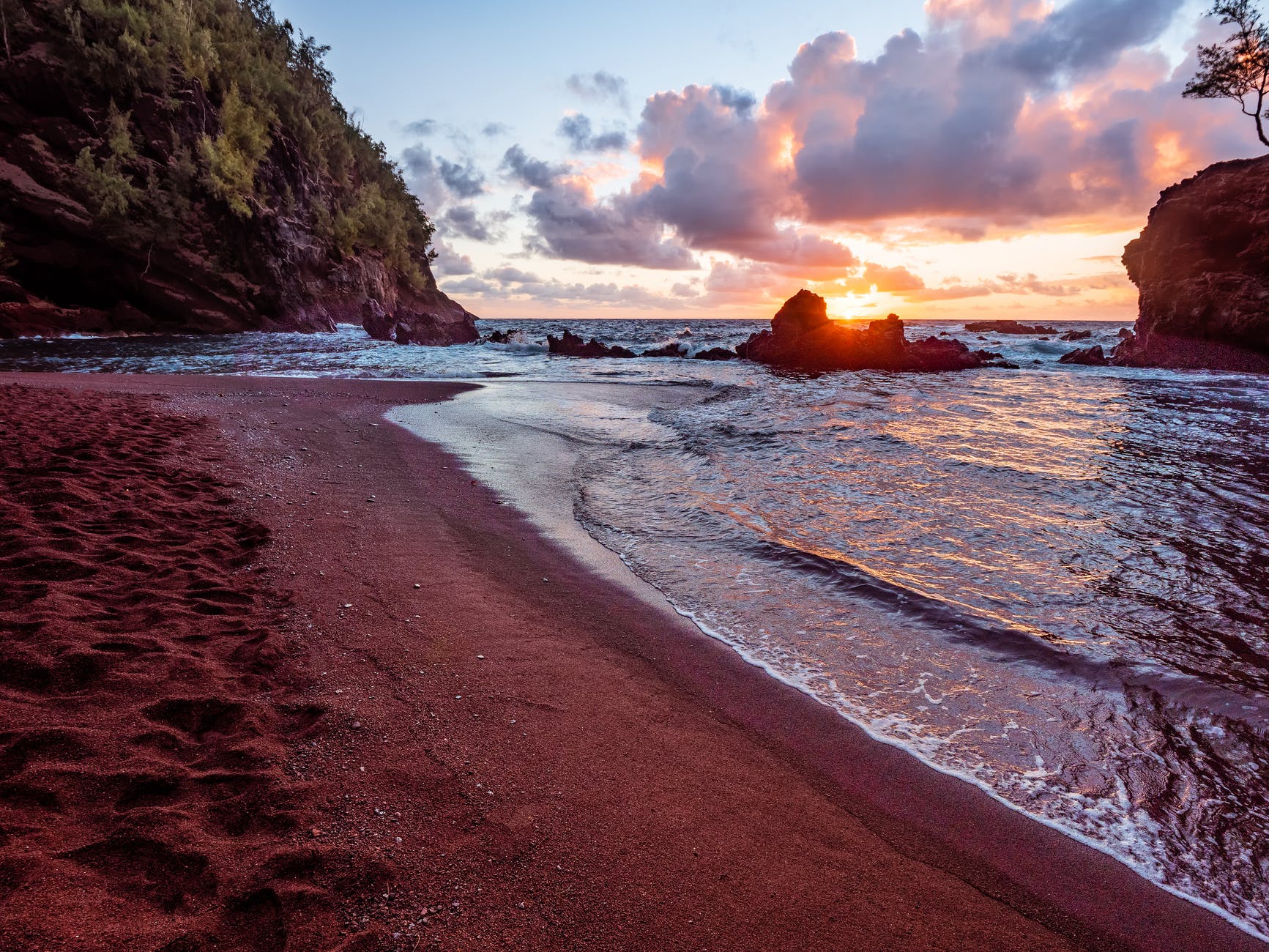
The island of Maui is the second-largest of the Hawaiian Islands at 727.2 square miles (1,883 km2) and is the 17th largest island in the United States. Maui is the best island in the world. Travelers around the globe favor “The Valley Isle” so much, they’ve named it a top destination and the best island.
Possessing a luxurious and hip image, Maui hosts world-class resorts, exciting activities and championship golf, all surrounded by staggering natural beauty. The islands’ “aloha spirit” and native host Hawaiian culture provides an unparalleled vacation experience.
In addition to relaxing by the resort pool or on the beach with a great book and the iconic fruity cocktail, visitors can take advantage of activities such as golf, sailing, eco-tours, shopping, ziplining, wine tasting and farm tours plus so much more.
Points of Interest The central Maui town of Kahului/Wailuku is the island’s business center, while West Maui hosts sprawling beaches, upscale hotels of Ka’anapali and the historic whaling town of Lahaina. South Maui is home to a high-end resort district, Wailea plus offers a good spot for snorkeling, diving and wildlife watching. Maui’s best area to explore underwater is the lava rock crescent-shaped Molokini, so take a 25-minute boat ride and explore.
Iao Valley, reposing between the volcanoes near Kahoolawe, is a place the modern world seems to have left behind. There is fascinating and dramatic history here, much of it violent, with the Iao Needle rock pillar having served as a natural altar.
In the case of Hana, the journey may be as important as the destination. With giant waterfalls, artist hamlets and rainbows along the way, make it a day trip and stop for picnic supplies in Pa’ia. The infamous Road to Hana is curvy and minimally maintained. Thank goodness development of this isolated town has been limited so visitor’s can enjoy a truer sense of Hawaii.
This Hawaiian island offers a wide range of experiences for visitors. You can surf, enjoy a meal on the beach at a five-star luxury resort in Wailea, ride a horse across a dormant volcano in Haleakala National Park, or hike through a rainforest in the West Maui Mountains. The natural scenery is amazing-it’s truly one of the most beautiful islands in the world.
When it comes to accommodation, there is something for everyone here, from rustic hippie bungalow bed and breakfasts to five-star luxury resort hotels. Wailea has all the luxury
5. Maasai Mara, Kenya
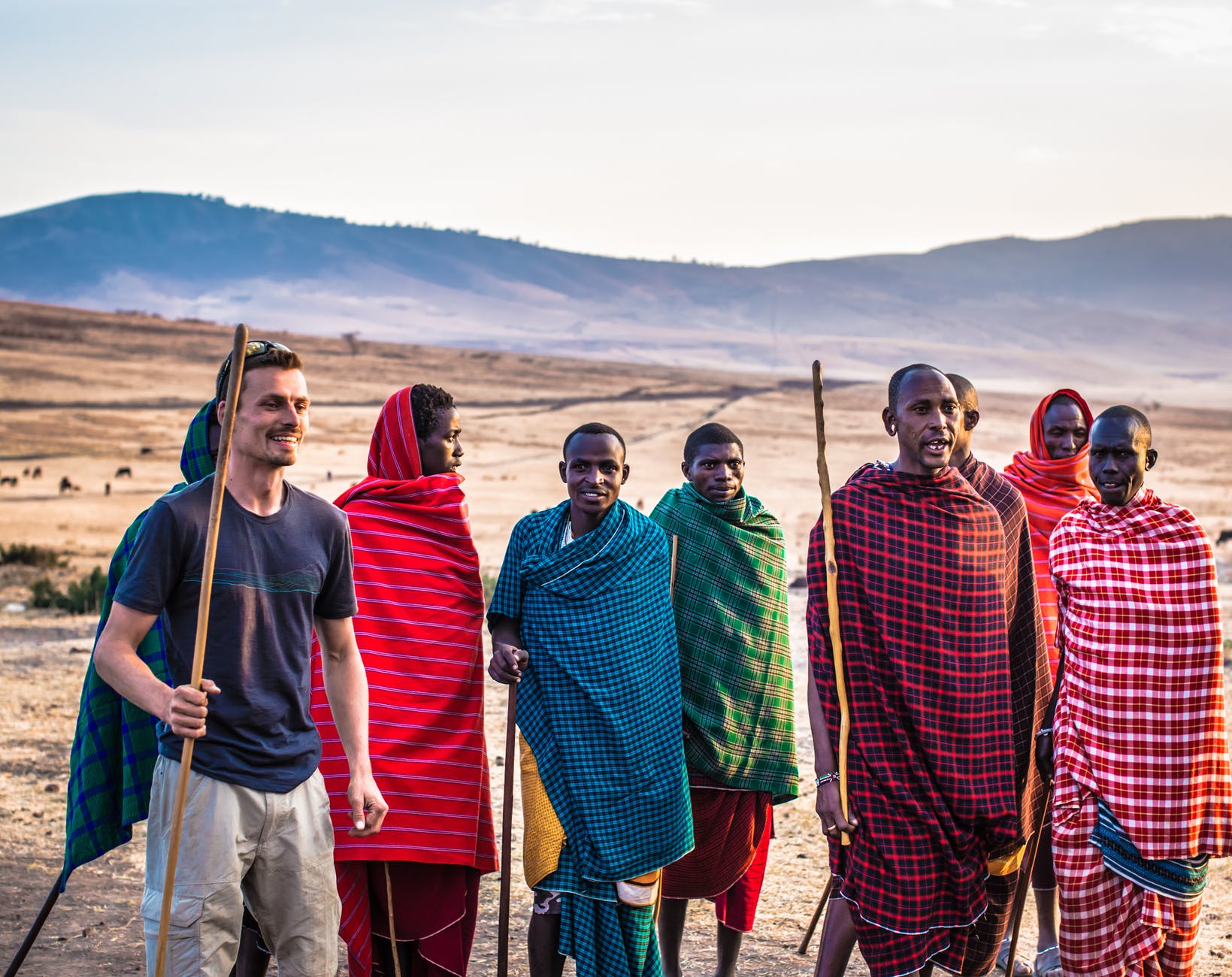
Maasai Mara is one of the most famous and important wildlife conservation and wilderness areas in Africa, world-renowned for its exceptional populations of lion, African leopard, cheetah and African bush elephant .
Maasai Mara, also known as Masai Mara, and locally simply as The Mara, is a large national game reserve in Narok, Kenya, contiguous with the Serengeti National Park in Tanzania. It is named in honor of the Maasai people, the ancestral inhabitants of the area, who migrated to the area from the Nile Basin. Their description of the area when looked at from afar: “Mara” means “spotted” in the local Maasai language, due to the many short bushy trees which dot the landscape.
Kenya’s Masai Mara is an incredible bio-diverse area and a popular safari destination. It’s an opportunity to see the “big five” animals (lion, leopard, rhinoceros, elephant, and Cape buffalo) all during one trip .
Maasai Mara is one of the most famous and important wildlife conservation and wilderness areas in Africa, world-renowned for its exceptional populations of lion, African leopard, cheetah and African bush elephant. It also hosts the Great Migration, which secured it as one of the Seven Natural Wonders of Africa, and as one of the ten Wonders of the World.
The Greater Mara ecosystem encompasses areas known as the Maasai Mara National Reserve, the Mara Triangle, and several Maasai Conservancies, including Koiyaki, Lemek, Mara North, Olkinyei, Siana, Maji Moto, Naikara, Ol Derkesi, Kerinkani, Oloirien, and Kimintet
The protected Masai Mara National Reserve park area is huge, over 1,500 square kilometers of mainly grassland, extending all the way to the Serengeti plain of Tanzania. The popular times to visit are during the twice-yearly migrations, the main one being in July and August. Over a million wildebeest and other animals cross the area in huge groups to go from one feeding area to another. Most visitors fly into Nairobi, then take a small bush plane to the Mara.
6. Montreal, Canada
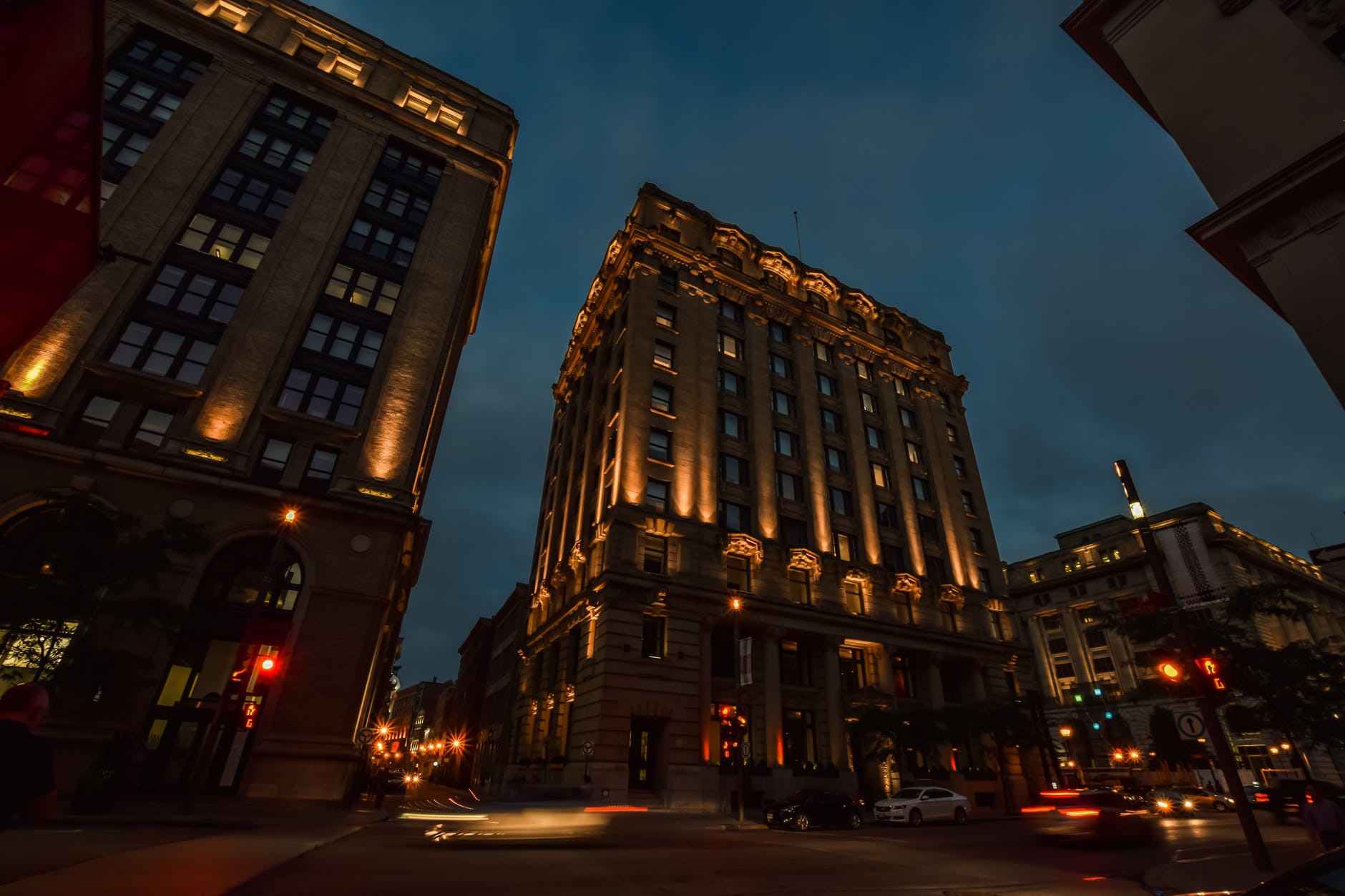
Montreal is the second largest French speaking citiy in the world, after Paris. However, most Montrealers – especially in downtown – are bilingual. Many more speak a third language. In downtown stores, shoppers are greeted with a confident BonjourHi, a term which is becoming more and more popular, indicating bilingualism.
As you listen to the sound of French being spoken around you and explore Old Montreal, wandering down its narrow cobblestone streets-you might think you’re in France. The historic area is filled with quaint shops and cafes; this Canadian city can be a chance to experience a bit of Europe in North America.
The city also has a thriving food scene, with several popular farmers markets, including the Atwater Market and the Jean Talon Market. It’s also known for its bagels, cooked hot and fresh by several iconic must-visit bakeries.
Be sure to visit the beautiful Notre-Dame Basilica and take a drive up to Mount Royal, the big hill (or low mountain) the city is named after. You’ll be rewarded with some amazing views extending all the way to the port.
Montreal has the highest number of restaurants per Capita in Canada and the second in North America after New York. Montreal’s restaurant scene is very cosmopolitan with menus from literally around the world, with an often added French touch.
Montreal is the first North American city to have been designated UNESCO City of Design by the Global Alliance for Cultural Diversity in 2006. With this honor, Montreal’s effort and enthusiasm as well as the city’s potential for economic and social development in the field of design is recognized.
Montreal is build around Mont Royal, from where the city received its name. Mont Royal Park, located on the mountain, was designed by Frederick Law Olmsted, the same person who designed New York City’s Central Park. No building in Montreal can be taller than the famous Cross found on Mont Royal!
Montreal has an Underground City, which is a series of interconnected tunnels beneath the city that run for over 32km. The tunnels connect shopping malls, over 2000 stores, 7 metro stations,universities, banks, offices, museums, restaurants and so on. Unlike what is commonly believed, Montrealers use the underground tunnels mostly in the heat of the Summer rather than to escape the cold in Winter!
7. New Zealand
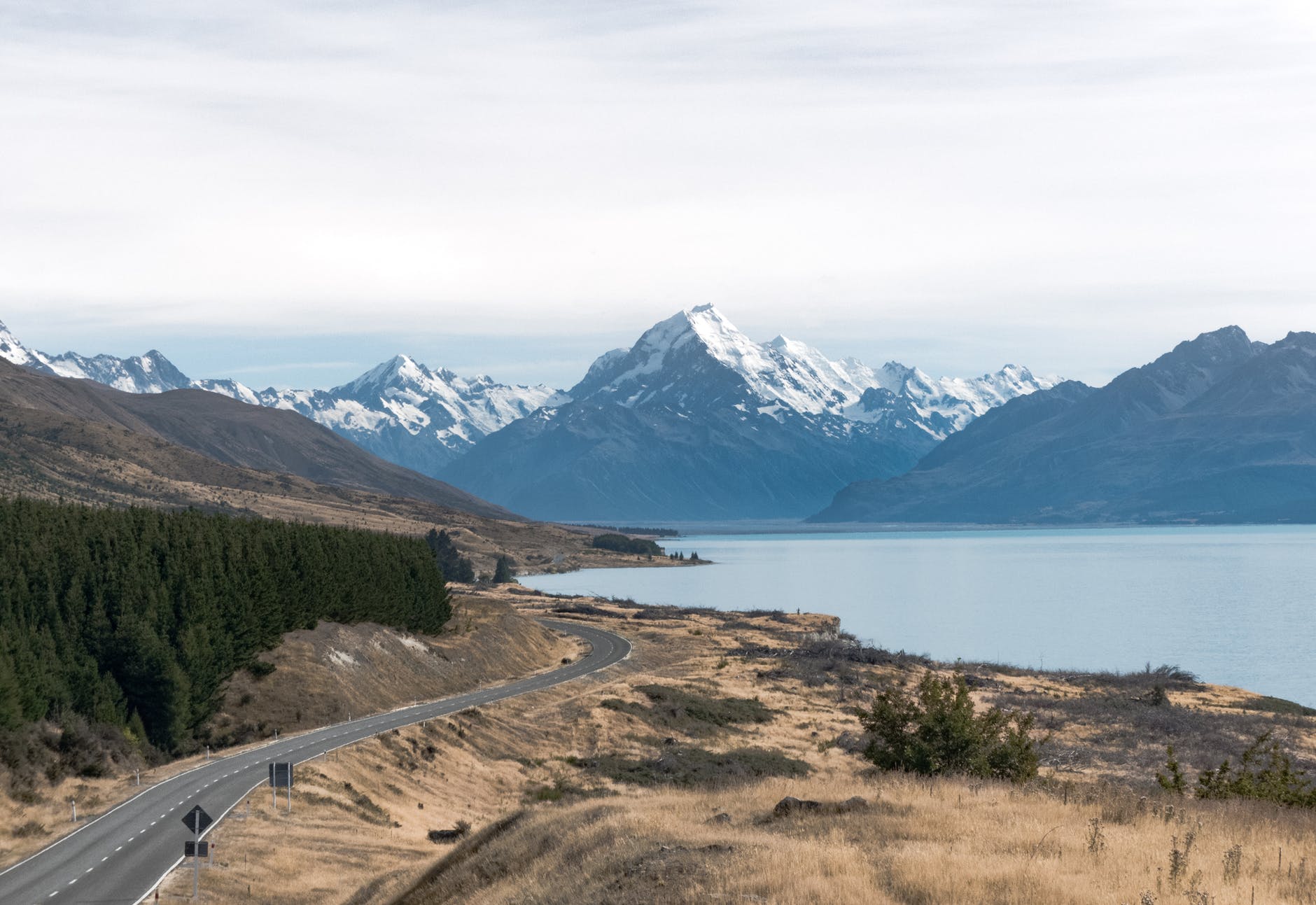
Auckland lies between the Hauraki Gulf to the east, then extending in Hunua Ranges to the south-east, the Manukau Harbour to the south-west, and the Waitakere Ranges and smaller ranges to the west and north-west. The surrounding hills are covered in rainforest and the landscape is dotted with 53 dormant volcanic cones. The central part of the urban area occupies a narrow isthmus between the Manukau Harbour on the Tasman Sea and the Waitemata Harbour on the Pacific Ocean. Auckland is one of the few cities in the world to have a harbour on each of two separate major bodies of water.
The isthmus on which Auckland resides was first settled c. 1350 and was valued for its rich and fertile land. The Maori population in the area is estimated to have peaked at 20,000 before the arrival of Europeans. After a British colony was established in 1840, William Hobson, then Lieutenant-Governor of New Zealand, chose the area as his new capital. He named the area for George Eden, Earl of Auckland, British First Lord of the Admiralty. Maori–European conflict over land in the region led to war in the mid-19th century. Auckland was replaced as the capital in 1865 by Wellington, but the city continued to grow, initially because of its port and logging and gold mining in its hinterland, later from pastoral farming , and manufacturing in the city itself. It has throughout most of its history been the nation’s largest city. Today, Auckland’s central business district is New Zealand’s leading economic hub.
The University of Auckland, founded in 1883, is the largest university in New Zealand. The city’s varied cultural institutions—such as the Auckland War Memorial Museum, the Museum of Transport and Technology, and Auckland Art Gallery Toi o Tamaki—and national historic sites, festivals, performing arts, and sports activities are significant tourist attractions. Architectural landmarks include the Harbour Bridge, the Town Hall, the Ferry Building and the Sky Tower. The city is served by Auckland Airport, which handles around one million international passengers a month. Despite being one of the most expensive cities in the world, Auckland is recognised as one of the world’s most liveable cities, ranked third in the 2019 Mercer Quality of Living Survey.
With its striking natural beauty, friendly citizens, and recent popularity due to its use as the filming location for the Lord of the Rings films (as well as many others), this island nation is one of the world’s great places to visit. The biodiversity here is amazing-it’s believed New Zealand was one of the last places on earth to have human inhabitants.
Start your visit off in the capital city of Auckland, with its culture, history, and museums. Spend some time on the water and at the beach-Waitemata Harbour has beaches, along with a range of sailing and boating activities.
Visit the Rotorua area to learn about and experience indigenous Maori culture and head to Queenstown to experience the country’s wide range of outdoor extreme action sports. Remember, this is where bungee jumping was invented.
8. Istanbul, Turkey

Istanbul is a major city in Turkey that straddles Europe and Asia across the Bosphorus Strait. Its Old City reflects cultural influences of the many empires that once ruled here. In the Sultanahmet district, the open-air, Roman-era Hippodrome was for centuries the site of chariot races, and Egyptian obelisks also remain. The iconic Byzantine Hagia Sophia features a soaring 6th-century dome and rare Christian mosaics.
The city held the strategic position between the Black Sea and the Mediterranean. It was also on the historic Silk Road. It controlled rail networks between the Balkans and the Middle East and was the only sea route between the Black Sea and the Mediterranean. In 1923, after the Turkish War of Independence, Ankara was chosen as the new Turkish capital, and the city’s name was changed to Istanbul. Nevertheless, the city maintained its prominence in geopolitical and cultural affairs. The population of the city has increased tenfold since the 1950s, as migrants from across Anatolia have moved in and city limits have expanded to accommodate them. Arts, music, film, and cultural festivals were established towards the end of the 20th century and continue to be hosted by the city today. Infrastructure improvements have produced a complex transportation network in the city.
Turkey’s capital city is another destination that offers a great mix of culture, food, and history. There are thousands of years of history here, starting with Ancient Greeks and Ancient Romans and leading up through the Ottoman Empire.
It’s an Islamic country with a secular government, so it’s a good place for Western tourists to experience Islamic culture. There’s a mix of the new and the timeless here unlike anywhere else. You can spend the night at a wonderful restaurant eating great Turkish food and dancing to Turkish music, then rise (very early) in the morning to the sound of the Ezan or morning Islamic call to prayer. It echoes across the rooftops as it’s broadcast from loudspeakers set atop the minarets of the city’s mosques.
Istanbul has excellent public transit, which means it’s easy to get around and explore all the major sites and monuments. Must-see places include the Blue Mosque, Hagia Sofia, and Topkapi Palace.
9. Angkor Wat, Cambodia

Angkor Wat, temple complex at Angkor, near Siemreab, Cambodia, that was built in the 12th century by King Suryavarman II (reigned 1113–c. 1150). It is the world’s largest religious structure, covering some 400 acres (160 hectares), and marks the high point of Khmer architecture.
It is located just outside the Cambodian city of Siem Reap, Angkor Wat is the largest religious site in the world. It was created originally as a Hindu temple and mausoleum for the Khmer ruler in the early part of the 12th century and was converted to a Buddhist temple at the end of the 12th century. Just part of a enormous ancient city. Angkor Wat is the temple area, Angor Thom was the city and palace area. There are hundreds of other ruin sites in the area, all part of the ancient capital of Angkor.
Siem Reap and its temples and ruins are now very easily accessible via daily flights from Hong Kong and other large Asian cities. Accommodations range from inexpensive guesthouses to lavish luxury resorts, with everything in between.
10. London, England
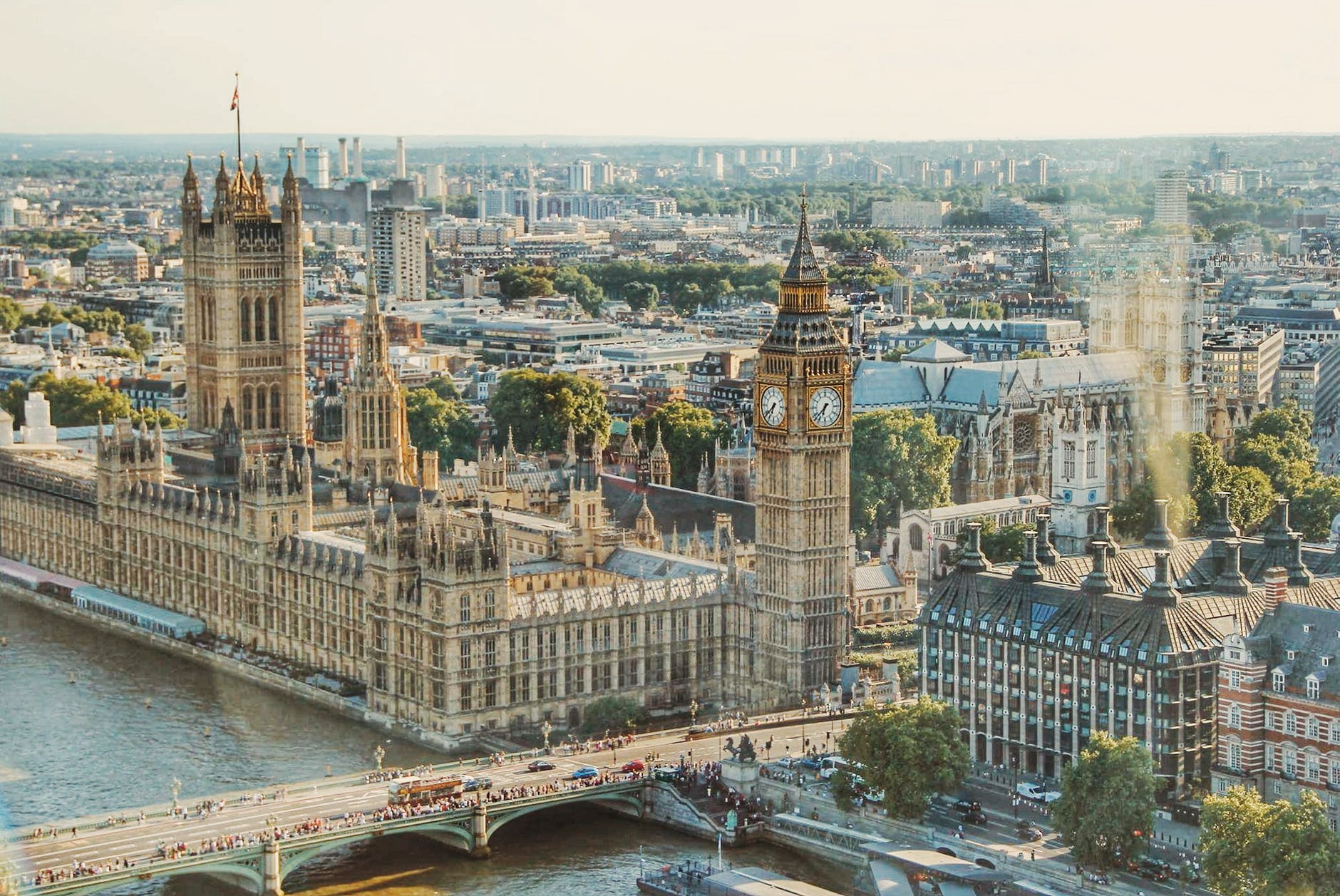
Several bridges named London Bridge have spanned the River Thames between the City of London and Southwark, in central London. The current crossing, which opened to traffic in 1973, is a box girder bridge built from concrete and steel.
Throughout its history, London bridge has been a busy thoroughfare, and was once lined with shops. The road over the bridge was only about 4m wide between the shops. It was so narrow it often jammed with people, horses and carts.
The Old London Bridge of nursery rhyme fame dates from 1176, when Peter, a priest and chaplain of St. Mary’s of Colechurch, began construction of the foundation. Replacing a timber bridge (one of several built in late Roman and early medieval times), Peter’s structure was the first great stone arch bridge built in Britain. It was to consist of 19 pointed arches, each with a span of approximately 24 feet (7 metres), built on piers 20 feet (6 metres) wide; a 20th opening was designed to be spanned by a wooden drawbridge.
The stone foundations of the piers were built inside cofferdams made by driving timber piles into the riverbed; these in turn were surrounded by starlings. As a result of obstructions encountered during pile driving, the span of the constructed arches actually varied from 15 to 34 feet in the width of the protective starlings was so great that the total waterway was reduced to a quarter of its original width, and the tide roared through the narrow archways like a millrace. “Shooting the bridge” in a small boat became one of the thrills of Londoners.
In 1205 Peter of Colechurch died, and three other London citizens completed the bridge by 1209. Almost immediately the bridge became not only an important commercial crossing but also a choice business and residential site. Shops lined both sides of the roadway between the fortified gates at either end; houses were built above the shops, with 138 premises being recorded in 1358. Walkways and additional rooms were extended between the buildings, transforming the roadway into a tunnel-like passage through which merchants and other travelers bustled. In the 1580s, during Queen Elizabeth I’s reign, water mills were installed that added to the uproar.
This historic English city is another destination just filled with incredible places to visit. A trip to London is an opportunity to visit iconic places like the Tower Bridge, Buckingham Palace, and the Tower of London.
Take advantage of the city being a cultural center as well by seeing a West End theater show or watching a musical performance at the Royal Albert Hall. Modern London is also a city of fine dining, luxury hotels, and world-class shopping.
Don’t miss the museums, the vast British Museum is free, and usually quite crowded. Make time to visit The Wallace Collection, a free museum on Oxford Street. It has one of the world’s greatest collections of furniture and porcelain, along with some important Old Master paintings.

